EV To Smartphones – The Dominance Of Foxconn In Indian Lands.
Foxconn, the Taiwanese conglomerate best recognised as Apple's largest contract manufacturer and assembler of the legendary iPhone, has big hopes for India.

Foxconn in India has transformed itself from a modest contract manufacturer with only one site in Tamil Nadu to one that is making all the right noises.
Foxconn, the Taiwanese conglomerate best recognised as Apple‘s largest contract manufacturer and assembler of the legendary iPhone, has big hopes for India.
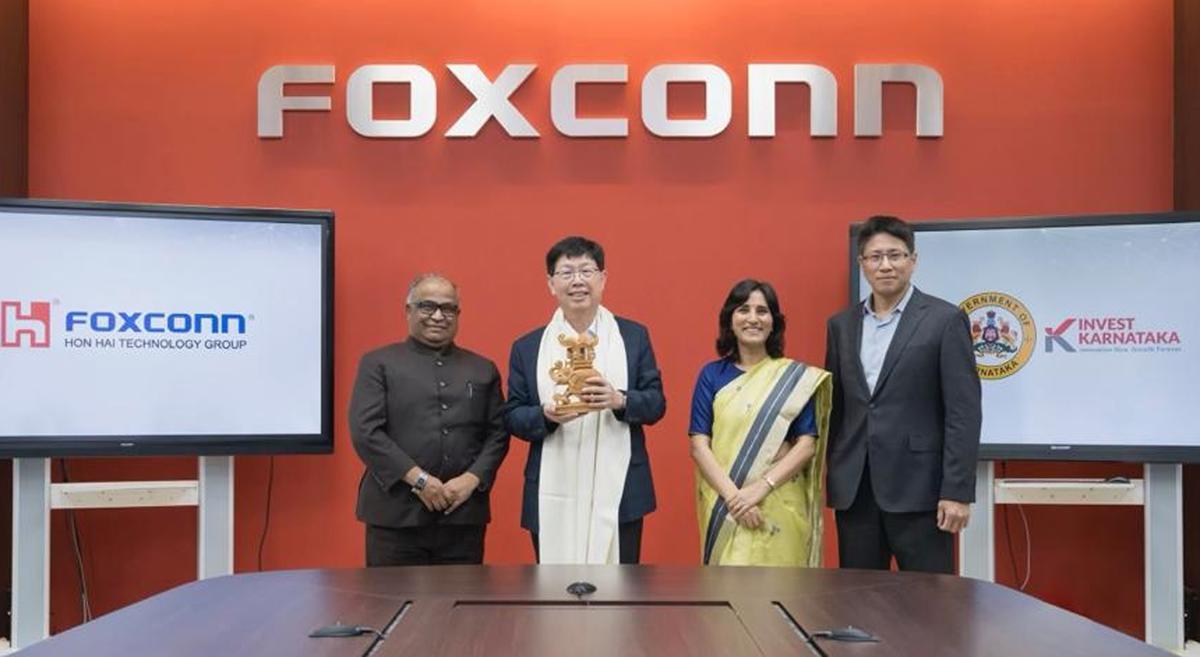
Foxconn has made news in India for its enormous investments and alliances as it seeks to extend its supply chain activities outside China.
Not only is Foxconn increasing its investment to expand its current plant in Tamil Nadu, but Foxconn is also expanding its interests, having recently announced large-scale projects in Telangana and Karnataka.
Foxconn has also worked with Vedanta for chip production in India and is expanding into wearables and wearables, all while focusing on the electric car industry.
Foxconn stated in its most recent annual report that it plans to create a production line for two-wheeled electric cars in India this year.
According to Neil Shah, vice president of research at Counterpoint Research, Foxconn’s goals extend beyond component production to large-scale manufacturing in the EV industry. Its goal is to transform the dinosaur-like automobile sector into a more modern, fast-paced business like cell phones. Foxconn has entered a new market: mobility. The BOL (build-operate-localize) philosophy is being implemented in EV production. They aspire to be the Android of the electric vehicle ecosystem.
According to Deepak Jain, partner at Bain & Co, India’s vast consumer market, favourable demographics, and government programmes such as “Make in India” have enticed various corporations to invest in domestic manufacturing plants. According to him, India’s future strategic relevance to global firms would be dependant on ongoing infrastructure development, ease of doing business, government incentives, and the capacity to handle difficulties in logistics, supply chain efficiency, and talent pool up-skilling and retention.
According to Jain, India is likely to become a sizable EV market ($100 billion+ opportunity by 2030 throughout the value chain), led by strong local demand, a supportive legislative framework, and manufacturer push. This, along with a robust talent pool and a well-established automotive manufacturing industry, suggests that the region has a high potential to become an EV production centre.

Foxconn is aggressive in its desire to increase its presence in India. Its chairman, Young Liu, visited India twice in less than a year, reinforcing the company’s importance to the country. Following his second visit in March, Foxconn announced $500 million (about Rs 4,000 crore) investments in Telangana and Rs 8,000 crore in Karnataka.
An official compared Foxconn to an octopus extending its tentacles in India. They are all over the place and want to do everything. There are several dialogues going on with Foxconn at any one time about battery switching, consumer electronics, semiconductor fabrication, EVs, wearables, and other topics.
Regional production is the new global trend, and Foxconn is following suit. The corporation launched the BOL business model two years ago, anticipating a “triple-win” situation involving local nations, local partners, and Hon Hai (Foxconn).
Aside from new projects, Foxconn is also dedicated to increasing its production capacity in India, with plans to construct two more buildings at its manufacturing location in Chennai.
According to analysts, two key factors are driving Foxconn’s growth in India: Apple’s plans to diversify its supply chain operations, forcing its top contract manufacturers to rapidly scale in other geographies, and India’s ambitions to be aatmanirbhar in semiconductors, the chip that powers most electronic devices around the world.
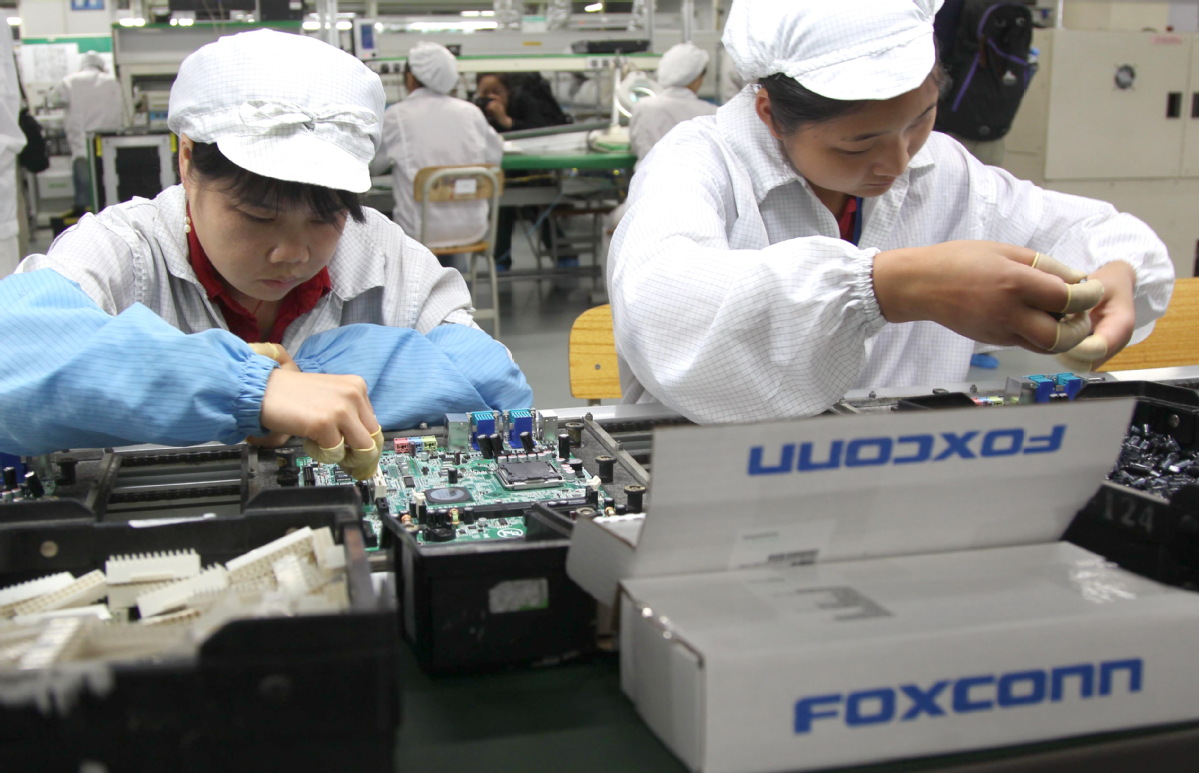
They believe that Foxconn’s frantic capacity expansion ambitions are being pushed by Apple’s large shipments from India. According to Ashweej Aithal, market research analyst at Canalys, Foxconn has always had a long-term plan for India but was cautious at first. It is now more aggressive.
This is mostly because of the large exports that Apple has witnessed from India. Apple’s exports climbed dramatically in March, with roughly 2.5 million iPhones sent, 1.3 million of which went to the United States alone. That is an all-time high. Local demand for the luxury sector is also present, and we expect it to grow, according to Aithal.
According to Shah of Counterpoint Research, Apple would like 20-25% of global iPhone manufacture to take place in India over the next 3-4 years. This figure was 6% by the end of 2022.
According to him, Apple has been pressuring partners such as Foxconn to grow, and many of the partners are eager to increase production in India in order to take advantage of the PLI (production-linked incentive) that India is giving.
Foxconn noted in its annual report that when it came to smartphones, the US and Europe were already mature markets and that the growth of local phone sales had slowed. It said that the future growth impetus of the smartphone business will come from emerging markets such as China and India.
India is a rapidly developing country. As long as local telecom providers continue to expand network coverage outside of Tier 1 and Tier 2 cities, the area will attract big smartphone makers who will aggressively invest. It is one of the primary driving drivers that will offer future growth for global smartphone shipments, according to the report.
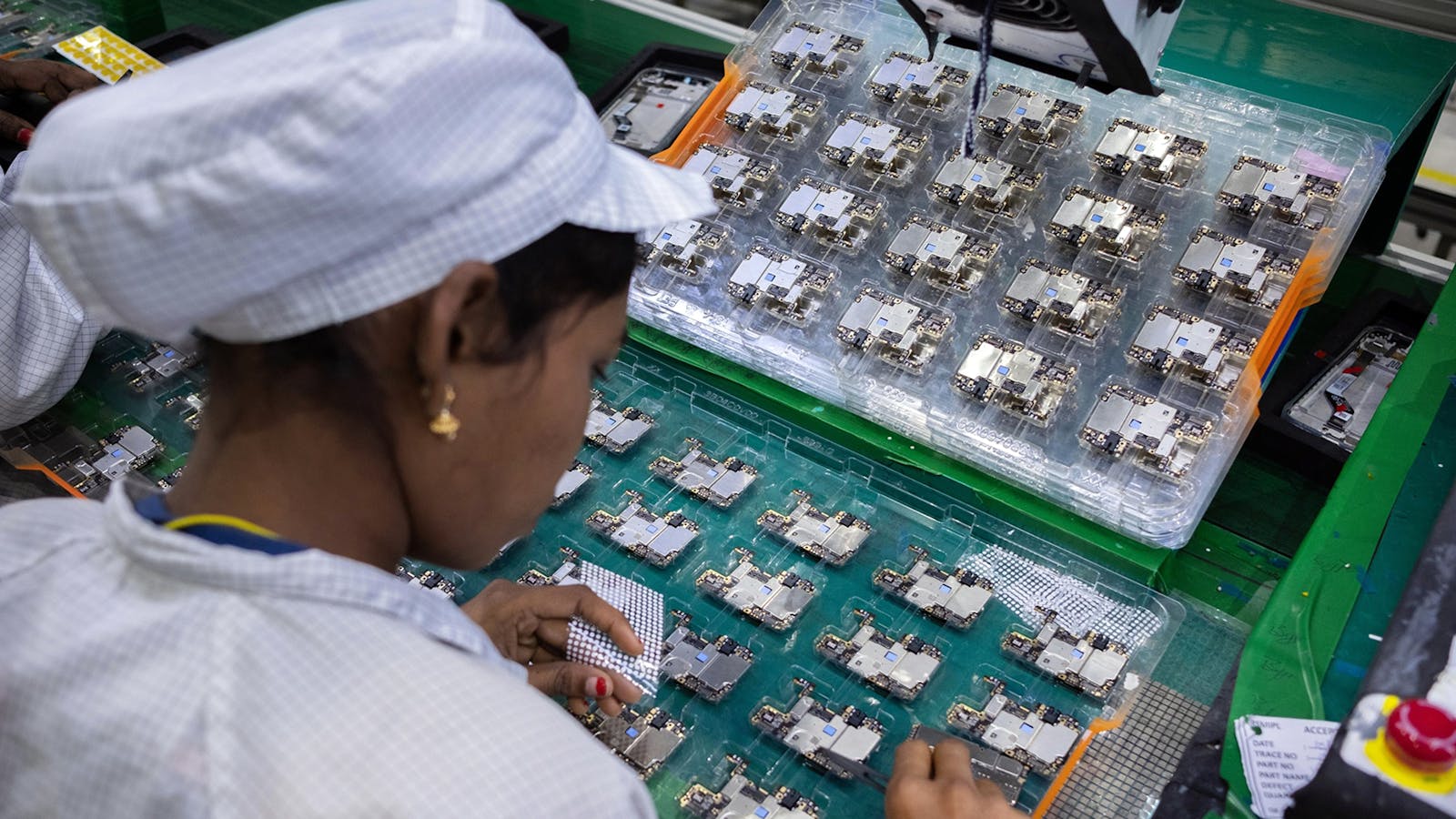
Design and hardware.
Arjun Malhotra, co-chair of the Electronic Products Innovation Consortium (EPIC) Foundation and founder of HCL, believes Foxconn’s India manufacturing drive might put the nation back on the hardware map. In recent years, India has shifted its attention to IT services, which he refers to as “low-hanging fruit.”
He said that Foxconn receives huge volume output. That is really important, and it is encouraging to see it come to India since they have not been a significant part of the global supply chain in many areas. Furthermore, from an Indian perspective, if volume production is established in India, component manufacturers will be driven to invest and establish component manufacturing in India since they have a huge local market.
Satya Gupta, president of the VLSI Society of India and co-founder of the EPIC Foundation, however, stated that while manufacturing capabilities are vital, design is a key aspect that India has yet to master.
Apple’s reliance on China is due not only to production but also to China’s considerable contribution to iPhone product design, he noted. Manufacturing is not a sticky enterprise since people may go wherever there are incentives, personnel, and markets. When you centre production around product design, you build a more sustainable and sticky business. He stated that product design reliance is more important for Apple to be in China than pure manufacturing.
According to Gupta, India has a lot of engineering skills but isn’t employing them to create products. Product design, in addition to manufacturing, is a vital part that should be given sufficient attention and incentives in order to develop a sustainable electronics manufacturing ecosystem, he added.
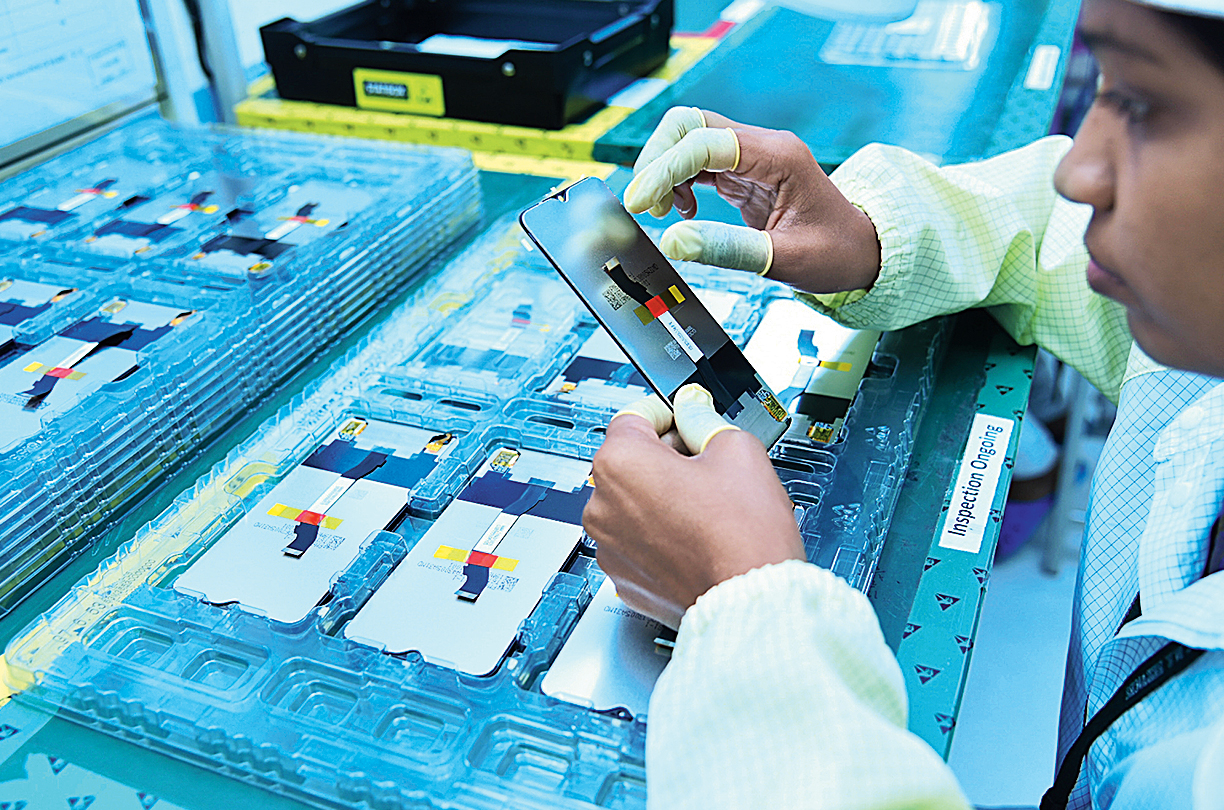
Technology and Issues.
While there are no disputes about Foxconn’s technical capabilities in electronics production, various issues have been raised concerning its semiconductor intentions, particularly the availability of technology.
Vedanta Foxconn Semiconductors Ltd, a joint venture between Anil Agarwal’s Vedanta and Foxconn, has signed agreements with two additional companies to do research on 28- and 40-nanometer circuits, according to David Reed, CEO of the JV.
He stated that one of the firms is the Interuniversity Microelectronics Centre (IMEC), a Belgium-based research and innovation centre, for research on 28-nm chips, which require work to make them large volume manufacturing ready. The second is for full-scale 40-nm production of high-volume chips utilised in both the automotive and non-automotive industries. He did not reveal the name of the second company.
According to Arun Mampazhy, a semiconductor industry veteran, Foxconn lacks experience running silicon semiconductor fabs, particularly 300mm fabs. They lack the necessary technology. They first attempted to see if IMEC technology would suffice, but it is not production-grade. They now claim to have a 40nm production-grade licence, probably from ST Microelectronics, but are charging the price of a 28nm project or even more. Even now, that doesn’t sound persuasive to me. They appear to be attempting to grab the most out of the government, even if they do not deserve it.
There are further worries about Foxconn’s intentions in India. The corporation has been chastised multiple times for supposedly bad working conditions in regions where it has big operations, such as China. The Foxconn facility in India has also encountered issues. After a food poisoning incident caused protests and the facility’s brief closure in December 2021, Apple placed the Chennai plant on probation.
Jenny Chan, co-author of the book ‘Dying for an iPhone,’ which described labour conditions in China’s ultra-secretive Foxconn factories, said she found Foxconn’s approach to seeking to change labour laws in India “concerning.” Chan was part of a team that went undercover to investigate the suicides, excessive overtime, animosity, and violence on Foxconn’s manufacturing floor in China.
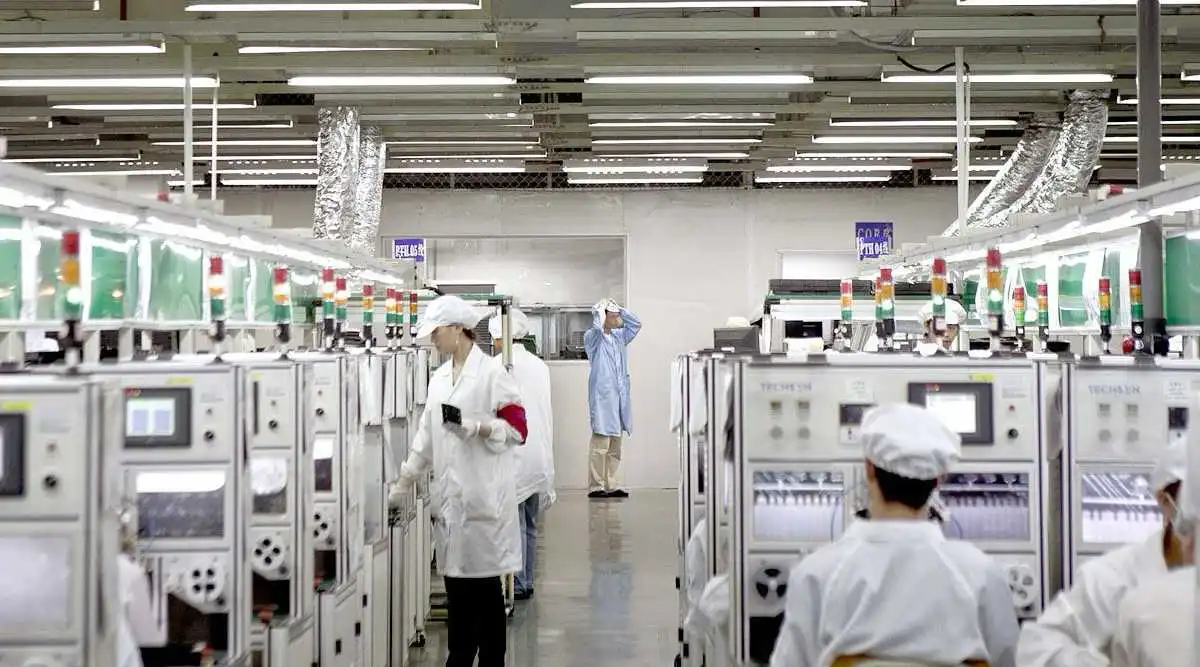
According to reports, Apple and its partner Foxconn were active in pressing for substantial labour legislation reform in Karnataka. This entailed reforms that allowed for 12-hour hours and nighttime employment for women, comparable to the practices of Chinese enterprises.
Chan said he understands why the Indian government and many other local state leaders want Foxconn and other investors to develop new plants. But he is concerned because he can already sense that they may be requesting a compromise in terms of Indian labour legislation, and it is already extremely concerning to him that there appears to be greater flexibility in terms of how you can prolong working hours to just fulfil the production objective.
Whatever the case may be, Foxconn is here to stay. According to Sana Hashmi, a Postdoctoral Fellow at the Taiwan-Asia Exchange Foundation, Foxconn has been operating in India for quite some time and is more familiar with the workings of the Indian market than other Taiwanese enterprises.
While other companies are leaving or remain concerned, Foxconn is filling the void left by other Taiwanese firms, she noted. Middlemen are used by Taiwanese enterprises such as Wistron. Lack of experience with the Indian business climate and bureaucracy is a barrier that Foxconn has successfully navigated. Thus, I am hopeful about Foxconn’s long-term operations in India.
Their outcomes demonstrate their tenacity as well. Despite macroeconomic problems in 2022, Foxconn achieved record sales and the strongest profits per share performance in 15 years. Its annual consolidated sales is almost $216 billion, so it’s no wonder that India is going all out to entice Foxconn. Analysts, however, believe that India should guarantee that its workers do not suffer in its industries.
Conclusion.
The Taiwanese contract manufacturer is expanding rapidly in India, and governments are laying up the red carpet for them.




